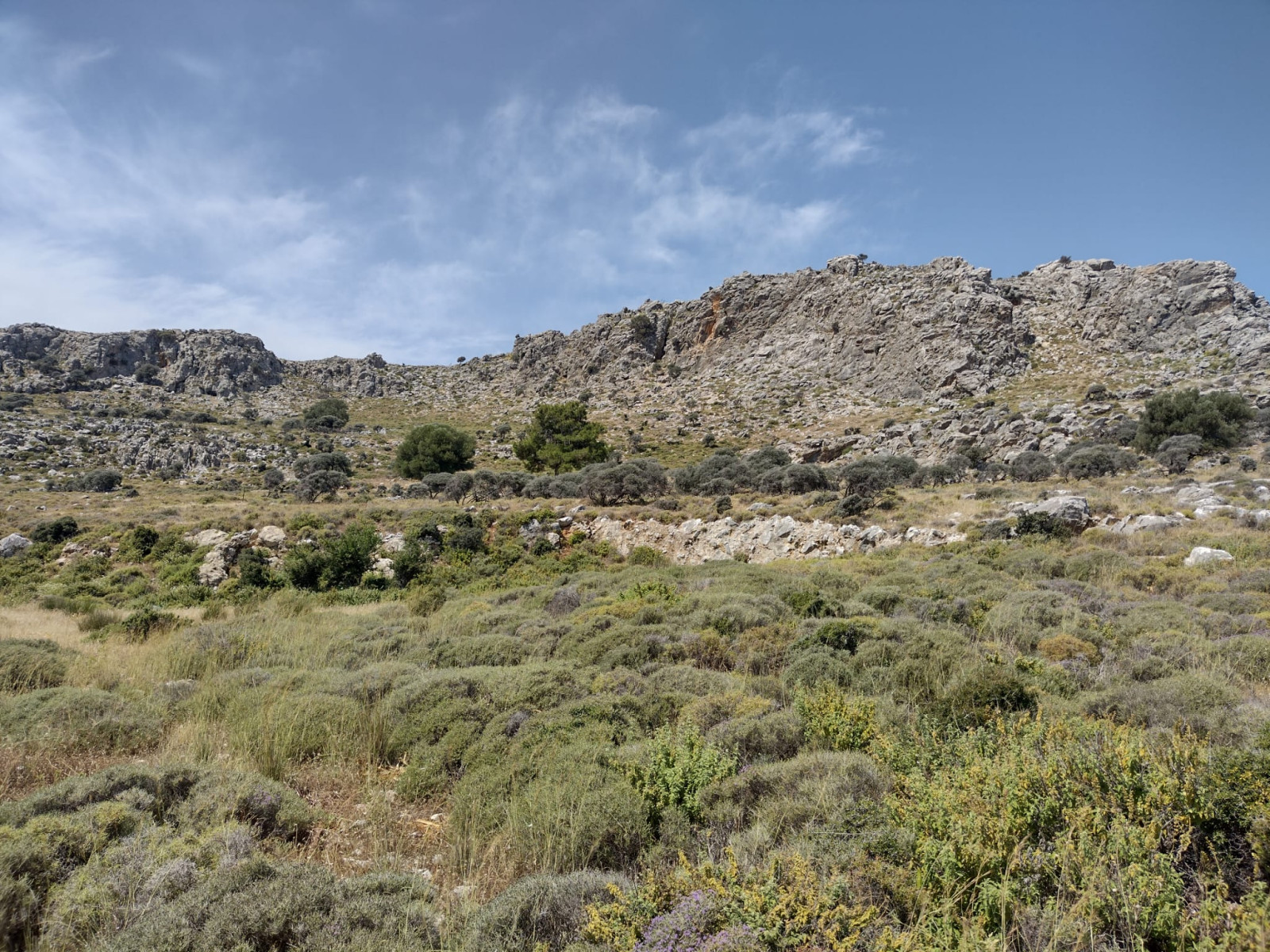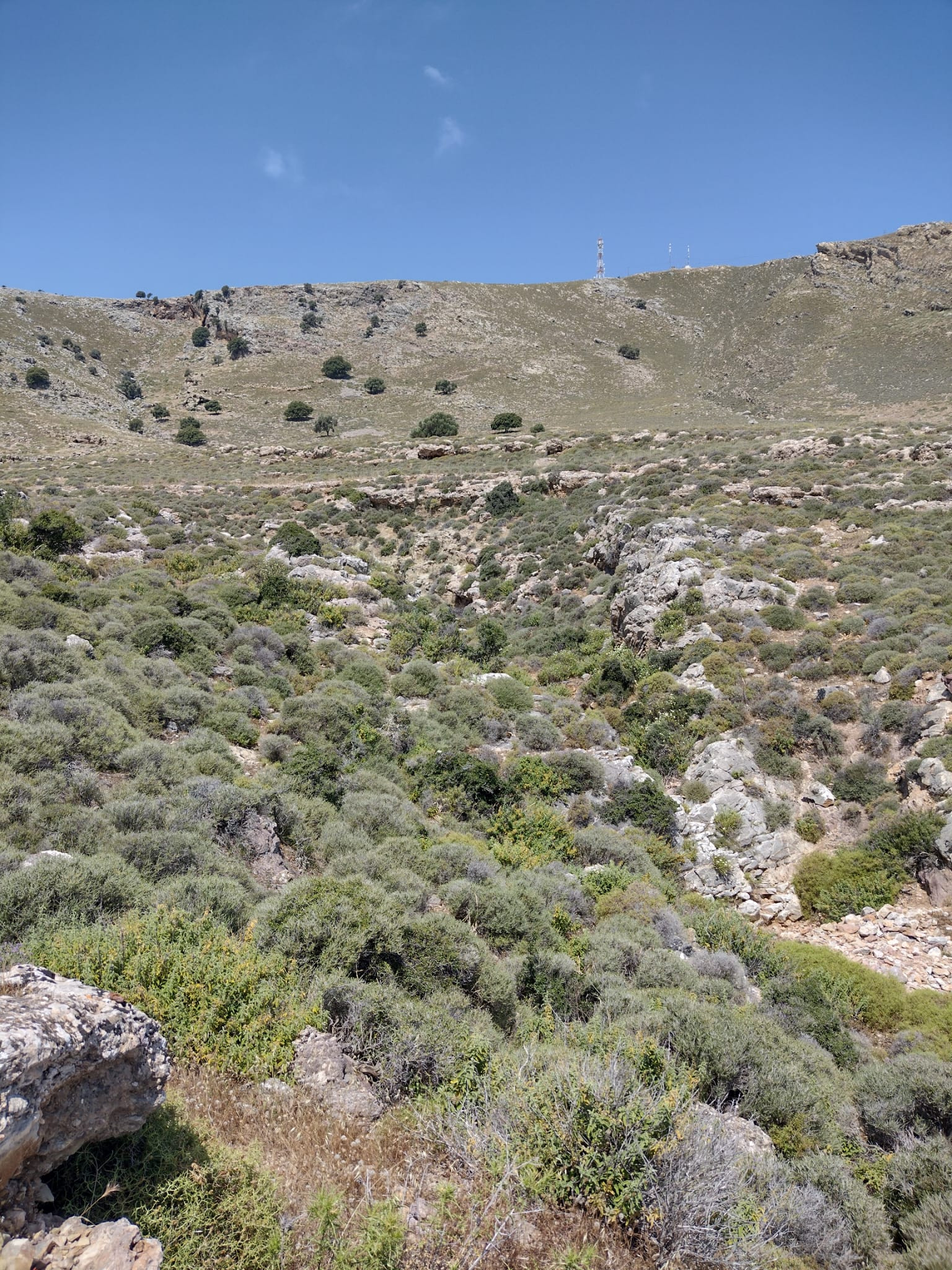Beschreibung
The rocky Chortis Hill and the olive orchards west of Lardos are a nice place for watching birds. The paths at the base of the Chortis Hill are a reliable place for Haubenlerche, Blaumerle, Grauortolan and Brachpieper. Also Adlerbussard and Alpensegler can be spotted gliding along the hill. And check the bigger trees for Chukarhuhn. The former fortress and the abandoned sports area are a good place to check for Maurensteinschmätzer and Rotkopfwürger, and pay attention to Rötelschwalbe that might fly over as well.
In the olive orchards you can find Bienenfresser, Wiedehopf and different kinds of warblers. Along the river Lardos, you can find Rallenreiher and Nachtreiher.
Details
Zugang
The Chortis Hill is located directly west of the village of Lardos. The southern entry to the area is close to the bus stop "Lardos Bay", and there are many parking spots close by too. Press a P on the map for directions.
Terrain und Habitat
Berg , Vereinzelte Bäume und Büsche , Plateau , LandwirtschaftBedingungen
Hügelig , Felsig , Trocken , Kein Schatten , Staubig , Offene LandschaftRundweg
NeinIst ein Spektiv nützlich?
Möglicherweise hilfreichGute Beobachtungszeit
GanzjährigBeste Beobachtungszeit
Frühjahr , SommerRoute
unbefestigte Straße , Schmaler PfadSchwierigkeitsgrad der Tour
DurchschnittlichErreichbarkeit
zu FußBeobachtungshütten oder -türme
NeinZusätzliche Informationen
I have visited the area in late spring (End of May, early June) both in 2023 and 2024. In 2024, you could see the impact that the bushfires had also in this region, but because vegetation is very low, it was not so servere. What I did note was that the population of Grauortolan had massively decreased.


.jpeg)

